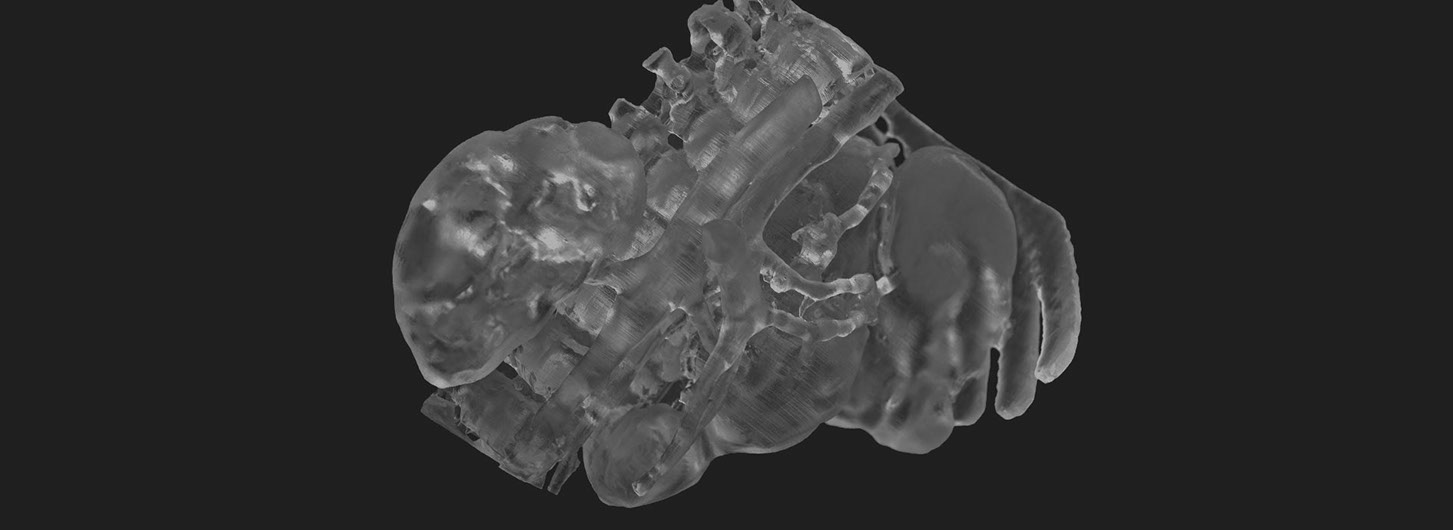3D FORMX
What is Vacuum Casting?
Vacuum casting uses a vacuum chamber to force liquid plastic into a pre-made mold, where it then solidifies. The molds are usually made from silicone rubber, and are in turn based on a master model.
Who is 3D Printing for?
Vacuum casting is the perfect solution for low-cost rapid prototyping. The molds can be made cheaply and are highly detailed so prototypes require little post-production. Each mold is good for around 50 copies and can be produced quickly. For short run batches the technique is more economical than plastic injection molding due to the initial tooling costs of injection molding. However, for long run batches vacuum casting is less suitable.
Process
The first thing required is a master model. This can be supplied by the customer, but is most commonly produced by 3D FormX using CNC machining. The master model is usually made of metal, but plastic is also acceptable, the main requirement is it can withstand temperatures of 40°C for a prolonged period. The master model is placed in a casting box and a silicone rubber mold is made in two parts. The mold has a series of very small holes cut in it to allow air to escape and prevent pressure from building up to much.
The mold is exact opposite of the master, so all that’s required is to fill the mold with material and a copy can be produced. However, simply pouring liquid material into the mold can sometimes produce inadequate results, so a vacuum chamber is required to force the material into even the tiniest gaps, ensuring a perfect copy. Once the material has filled the mold it is placed in a curing oven until the new object has completely solidified. It is then ejected from the mold and the process can begin again. Molds can be used multiple times up to a maximum of around 50 without any decrease in the quality of the copies.
3D FORMX
CONNECT WITH US
Copyright © 2018 3D FormX, Inc. All rights reserved.
